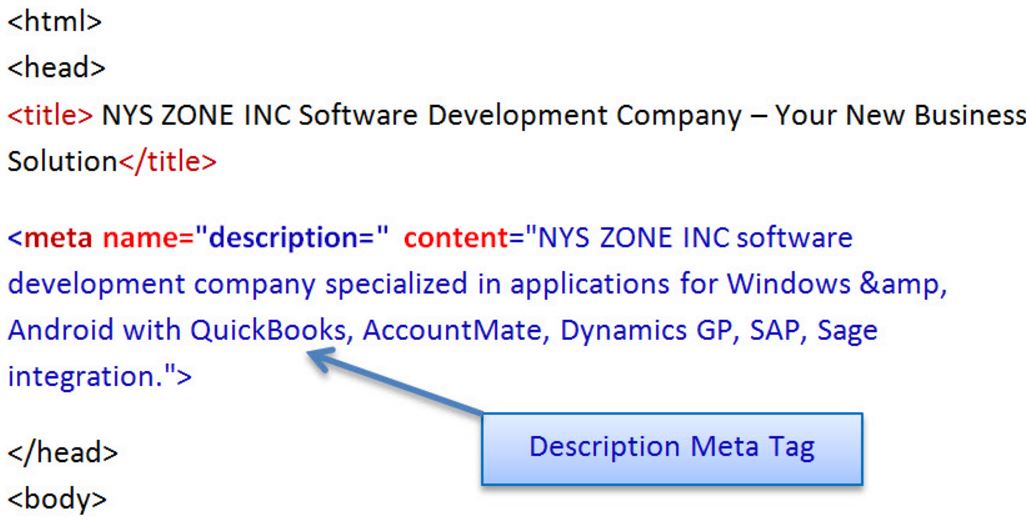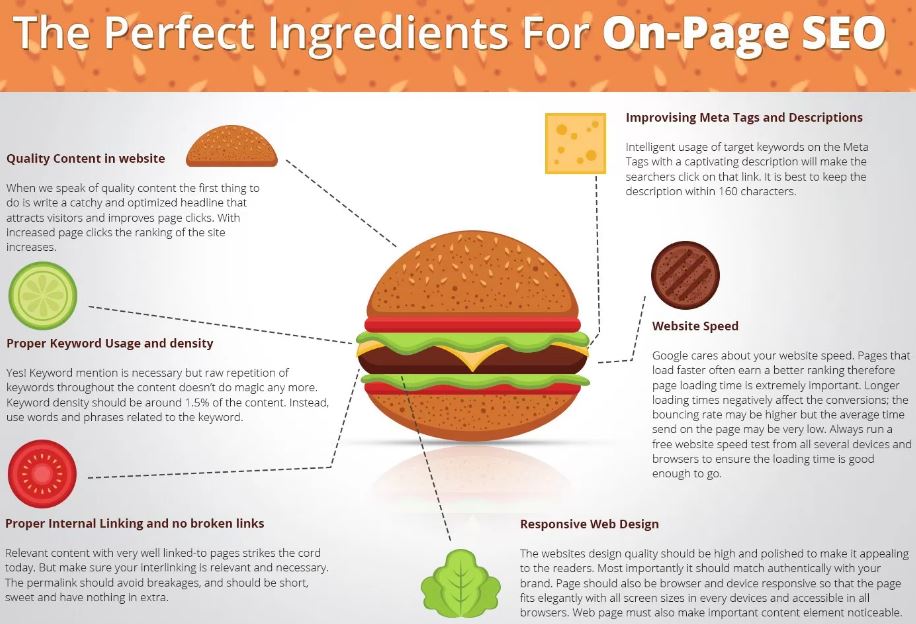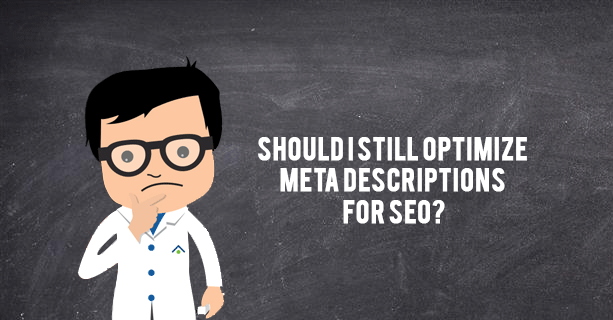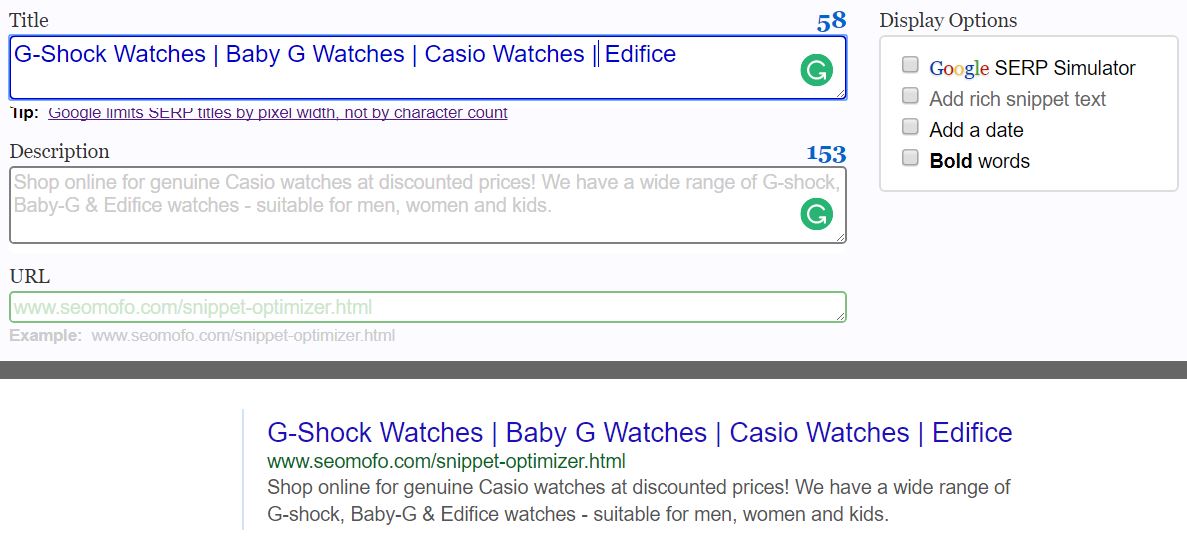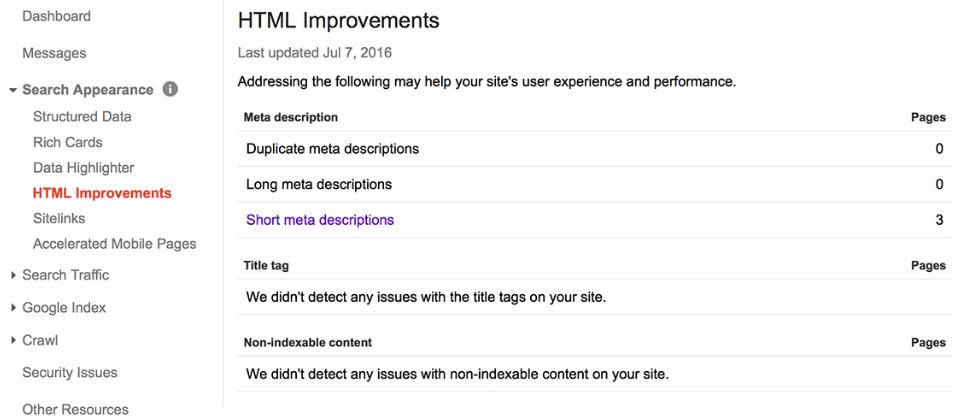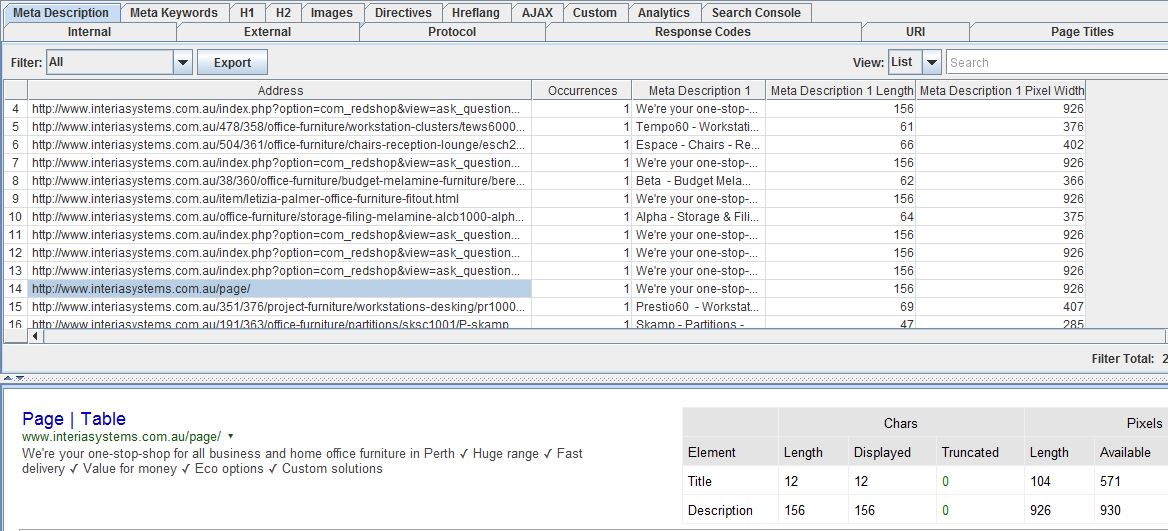By Airon Rodrigues
Fitting 160 characters into a brief description while including relevant keywords and a call-to-action is not as easy as it seems. Writing effective metadata is a skill, one that takes careful thought and consideration. Ironically, metadata is hidden to users on the page they are created for. Search engines, however, can see and read metadata, giving them a summarized idea of what the page is about and what keywords are included.
This blog post will discuss what metadata is, why it’s important, and how to effectively optimize this part of on-site SEO.
What exactly is metadata?
Metadata includes three elements; the title, description, and keywords. Each element holds an individual sense of importance, providing a different purpose both to search engines, and users browsing through the Google search queries.
Essentially, metadata provides a preview of what the web page is about, describing aspects such as the content involved as well as the topic of the page.
The Metadata is located inside the HTML’s head area. This is what the spiders who crawl the web pages see:
Code sample: <head>Meta tags are located here</head>
Example figure: This is what humans see:
Why is Metadata Important?
Metadata is important because search engines use these tags as a basis to determine whether a web page is correctly described and presented through the title, description, and use of keywords.
Click-through rate is an important factor regarding meta descriptions. When a user submits a search query within the search engines, meta descriptions or ‘snippets’ that provide a clear answer or summary will likely earn more clicks, as the user knows they can expect to find relevant, helpful information on that page.
A well-crafted description not only communicates what’s on the page but also entices users to visit the site. If Google’s decides a description is poorly written or inaccurate, it will replace that description with its own version of what’s on the page, thus communicating artificial information. As displayed below, metadata descriptions make for a small, but important part of on-site SEO.
Why would you not want cheese on your burger?
The Three Elements:
Title: The title within the metadata reflects what the web page is about. Usually, the title will include the topic of the page in the form of a keyword/keywords which is followed by the name of the business/company. The title tag is displayed in search engine listings, as shown in the example figure above.
Code sample: <title>Title text here</title>
Description: The meta description is where the summary of the page is located. Although meta descriptions don’t have a direct impact on rankings, they are still extremely important in gaining user click-through from the search engine results pages (SERP’s). In 160 characters or less, a meta description is a chance to preview and advertise relevant content to a user, explaining why this page is going to fulfill their search query.
Code sample: <meta name=”description” content=”Insert eye-catching content here”/>
Keywords: The last element of the metadata is the keywords tag set for the web page. Though not a ranking factor, these keywords act as a safeguard, in that it communicates to search engines the given keywords for the page. Ultimately, the keywords need to describe exactly what the web page is about.
Code sample: <meta name=”keywords” content=”SEO, blog, content, marketing, etc”/>
Metadata optimization, the right way.
Title: The title is one of the most important factors within the metadata, as it appears within the search engines result pages (SERPs). Title tags can be any length, however, if a title tag is over 70 characters long, Google cut’s it off in the SERP’s. Title tags should be concise with the most important keywords placed in the beginning. In addition, each page should have its own unique title.
When in doubt, this snippet-optimizer will display how titles look on Google and other search results.
An example of writing metadata within SEO Mofo.
An example of a well-written title tag:
Description: When optimizing the description, it’s important to keep in mind that too long meta descriptions get cut off within the SERP’s. Meta descriptions should be 70-160 characters long, including relevant keywords whilst keeping the wording concise. Short, clear sentences about what the web page consists of works best here. Google Search Console is a quick way to discovering to long descriptions or titles. This information can be found within the ‘HTML Improvements’ section. See below.
Just like a movie trailer gives a snippet of what the movie is about, a description needs to entice, and interest users enough that they click through to the webpage. Incorporating a call-to-action or CTA within the description can increase the click-through rate and stand out from the competition. CTA words such as buy, join, learn, discover and now are all words that can be the difference between a conversion and a bounce. Another handy tool is Screaming Frog, which identifies duplicate, too long and missing meta descriptions.
Now, let’s view some good, and not so good meta description examples.
Good example of a meta description:
In this example, the description is short, snappy and contains a call to action.
Bad example of a meta description:
This description fails to offer a different enticement than the title tag. This description is too long and has been cut off. No CTA has been included.
Keywords: Meta keywords aren’t visible to visitors like meta-titles and meta-descriptions are. Instead, this tag describes which keywords the site is optimized for when crawled by spiders. Though not a ranking factor, it’s important that the meta-keywords are consistent with the keywords within the content of the page.
Optimized metadata will positively improve the appearance and value of a website to both search engines and visitors. Optimized metadata will also increase the number of visitors and present more opportunities to gain web traffic and leads for a business.
For more examples on how to correctly optimize metadata, view some of our blog posts here.

